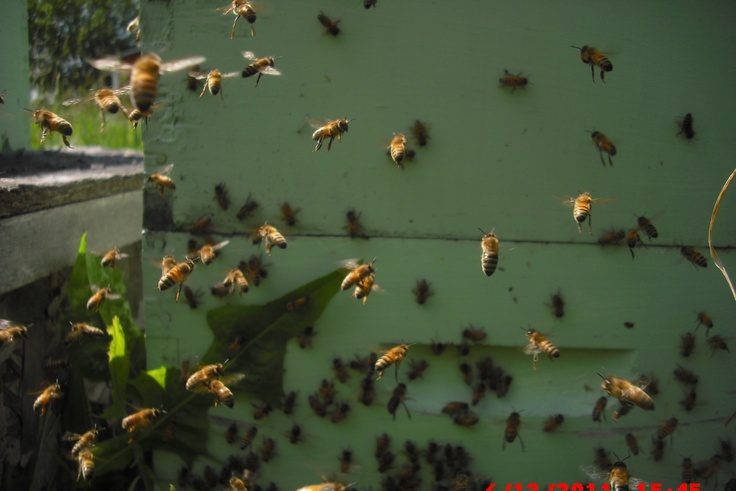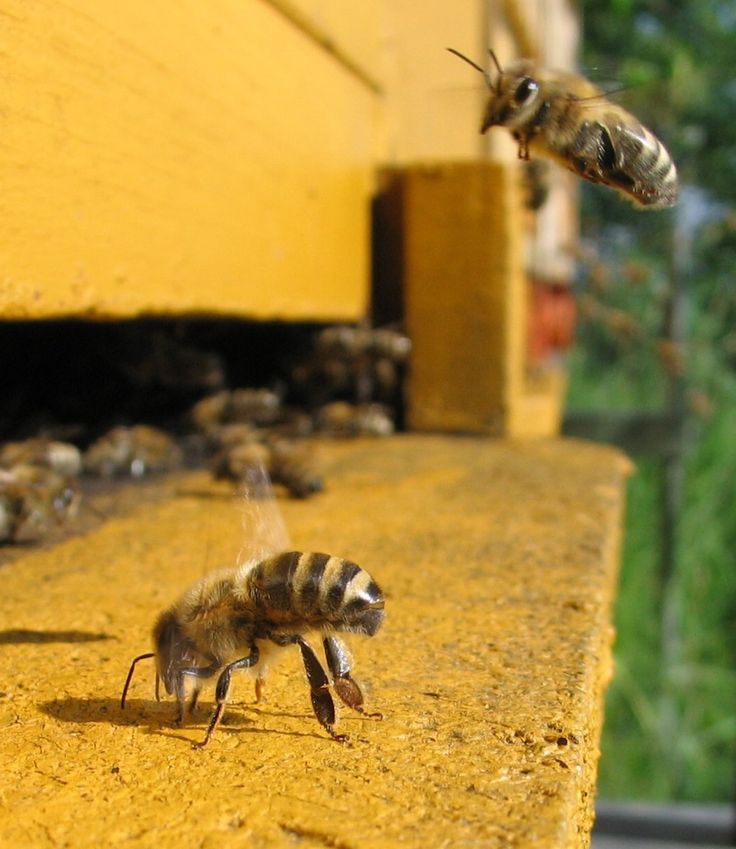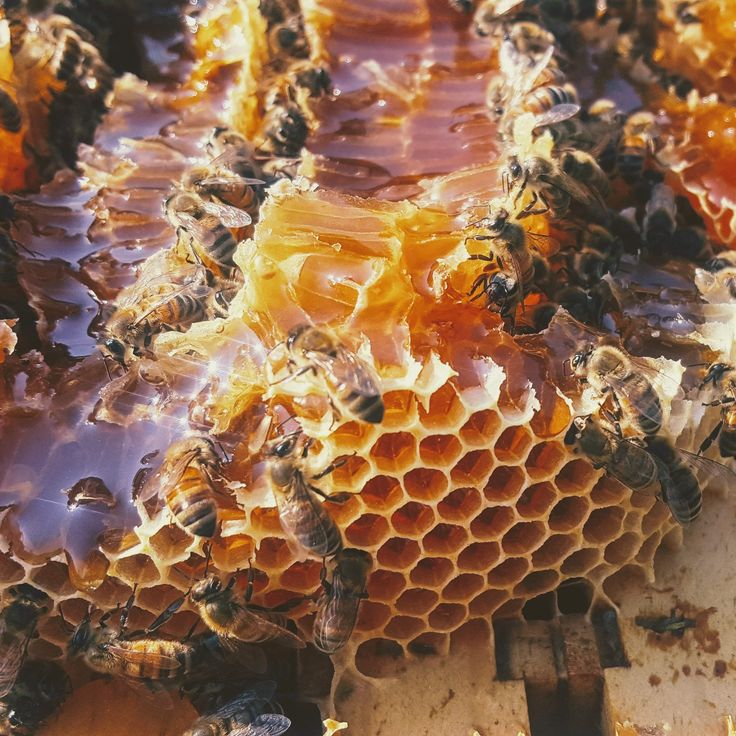Bee farming is a rewarding venture, but it comes with its share of challenges. Understanding these obstacles can help beekeepers adopt strategies to protect their bees, ensure hive productivity, and achieve success. This article explores the most common challenges in bee farming and how to address them.
Pests and Diseases
One of the primary threats to bee farming is the prevalence of pests and diseases. Varroa mites, small parasitic mites that attach to bees, are among the most destructive pests, weakening colonies and spreading viruses. Other challenges include American Foulbrood and Nosema disease, which can decimate colonies if not managed. Regular hive inspections and treatments, such as mite control products and hygienic practices, are essential in combating these issues.

On a similar note, at Kimd Group of Companies, we support beginner farmers by offering tailored business proposal writing services and design plans for various animal capacities. Therefore whether you’re just starting out or looking to expand, we provide the resources and expertise to help you succeed in the farming industry.
Habitat Loss
Habitat loss is a significant problem affecting bee farming. Urbanization, deforestation, and agricultural expansion reduce the availability of flowering plants and nesting sites for bees. Without adequate forage, bees struggle to gather nectar and pollen, which impacts their health and honey production. Beekeepers can address this by planting pollinator-friendly gardens and working with local communities to restore habitats.

Climate Change
Shifts in weather patterns due to climate change disrupt bees’ natural foraging and reproduction cycles. Unseasonal rainfall, drought, and temperature extremes can reduce the availability of flowers, leading to food shortages. Beekeepers can mitigate these effects by providing supplemental feeding during lean periods and selecting resilient bee species suited to their region’s climate.

Pesticide Use
The use of pesticides in agriculture poses a significant risk to bee populations. Pesticides can kill bees outright or weaken their immune systems, making them more vulnerable to diseases. To protect their hives, beekeepers should advocate for responsible pesticide use in surrounding farms and educate farmers on bee-friendly alternatives, such as integrated pest management.
Swarming and Colony Collapse
Swarming occurs when a colony splits to form a new one, which can reduce hive productivity. Additionally, colony collapse disorder (CCD), a phenomenon where worker bees abandon the hive, has been a concern for decades. Proper hive management, including regular inspections, ensuring sufficient space in the hive, and maintaining healthy queens, can reduce the risks of swarming and CCD.

Market and Economic Challenges
For commercial bee farmers, fluctuating honey prices and competition can be challenging. Additionally, initial setup costs for beekeeping equipment and hives can be high. Diversifying income streams by producing beeswax, propolis, and other hive products can help stabilize income and reduce dependence on honey sales alone.

Conclusion
While bee farming presents several challenges, proactive measures and sound management practices can mitigate most of these issues. By addressing pests, habitat loss, climate change, and economic hurdles, beekeepers can create thriving apiaries. Overcoming these challenges not only ensures the success of their bee farms but also supports pollination and biodiversity essential for global ecosystems.
